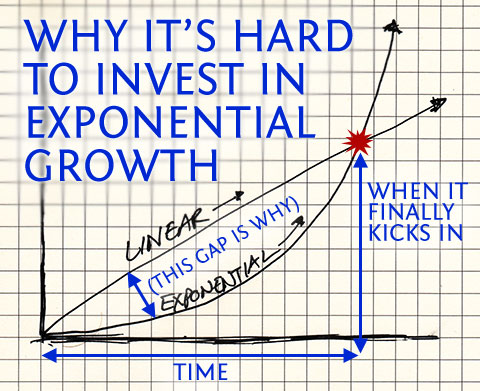I love how you can apply mathematical principles to your teaching and school improvement plans. This principle when applied to school improvement can make a massive and sustainable change to your culture and practise.
The 1% improvement principle can be applied to anything you are looking to improve (not just teaching with technology).
I have used this principle to:
- Improve student grades and performance
- Improve teacher adoption of technology
- Improve communication between school and home (and within teams at school)
- Improve my attitude towards a particular task
…you get the idea.
The great thing about this improvement principle is that the more you need to change the easier it is!
Sound too good to be true? I’ll explain why below.

If change was easy, we would all do it!
Often when we think of change, we see this as a huge deal. We look at where we are and where we want to be and the gap seems enormous.
The key to improving by 100% is not necessarily goal setting (although this is important), it’s not having a strong vision, although this is needed. The key is to just commit to improving by just 1% a day.
Here is how this works:
If you can improve by just 1% per day for 70 days, you will see a 100% improvement. It’s the mathematical principle of compounding interest.
I’m not saying this is easy.
Exponential growth is hard because you don’t see an immediate return on investment. In the graph below, you will see that the traditional method of change management where we look for quick wins, will show results faster. However, as we know in the old fable the tortoise and the hair, the tortoise always wins.

The great thing about this principle is that the more you need to improve, the easier it is. Here’s why.
Lets say you have 5 computers per class and you would like to move to 10. You won’t need a massive increase in infrastructure and planning to make this happen. However, if you have 15 computers per class and want to move to 30, there will need to be more robust plans in place.
Either way, whether you need large scale change or small tweaks to your practice, by breaking this down into incremental improvements will make a massive difference to your approach and practice.
Maybe you don’t need to roll out 300 devices at the start of the year, maybe you can do 25 a month which is just 1 a day. Work this plan consistently and you will have 300 active devices in your school by the end of the year.
Further reading:
If you would like to explore this concept further you can check out the Kaizen principal
How the British cycling team went about winning the Tour De France with this principle
.
.

















